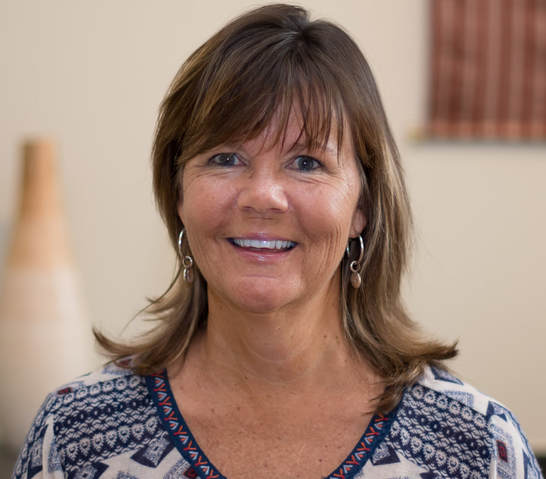|
"There aren't any seats available on the earlier flight" were the words I recently heard when I was trying to ensure I would make a connecting flight. While I totally understand extra seats not existing, I question the statement when five minutes later, upon asking another gate agent if there might be any way to jump on an earlier flight, the response was, "Let's see what we can do. I can for sure put you on the stand-by list." While I was not guaranteed a seat from either gate agent, the way they communicated was a night and day difference. Statements that seem to slam the door on communication seem to start with openers like: "Sorry, but...." "No, we can't...." "It's not possible..." What a difference a few alterations in wording makes. "We can if..." gives us the opportunity to at least try. We are saying that there is a chance. We are acknowledging that the door is not completely shut on the possibility.
So, why would we use the negative wording if there is a more positive alternative? I suspect that the real reason is because lending a less negative twist on our communication takes a bit of effort. When I taught students with emotional disabilities in San Antonio, TX, I started out telling them, "You won't be able to go out to recess if you don't finish your math." Some of them had such defeatist attitudes, they would simply throw up their hands and say, "Forget it. I don't even care." Remarkably (or maybe not so much), when I began changing the way I worded things and began to think about the result of my words, I would say, "As soon as you finish your last five problems, we can head out to recess", the tone of the classroom shifted. They had hope. I think that's what a more positive communication style does for those around us: it offers hope. Perhaps, just for today, we can work on how we word things in order to open up the possibilities for hope! Happy Communicating!!! Shelly
0 Comments
Leave a Reply. |
Shelly ArnesonCategories |



 RSS Feed
RSS Feed